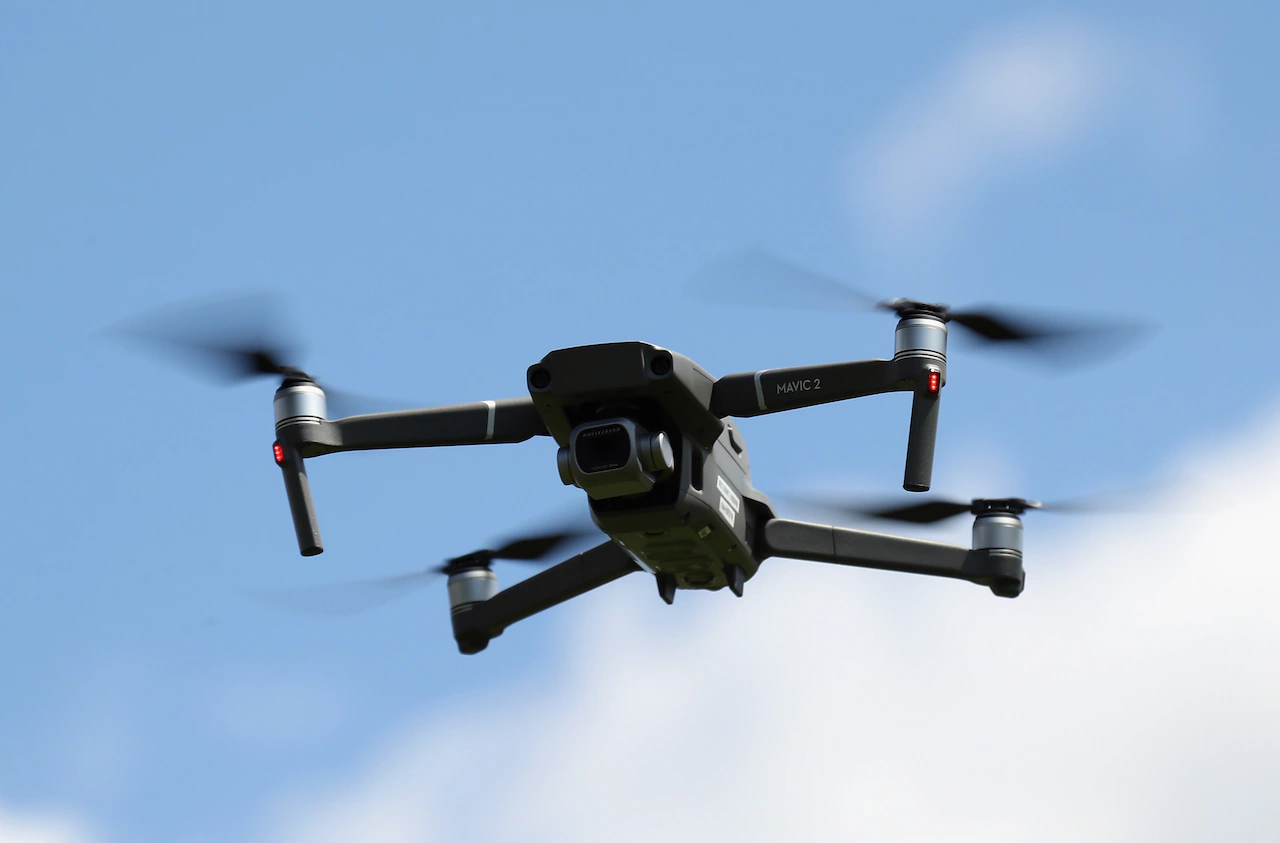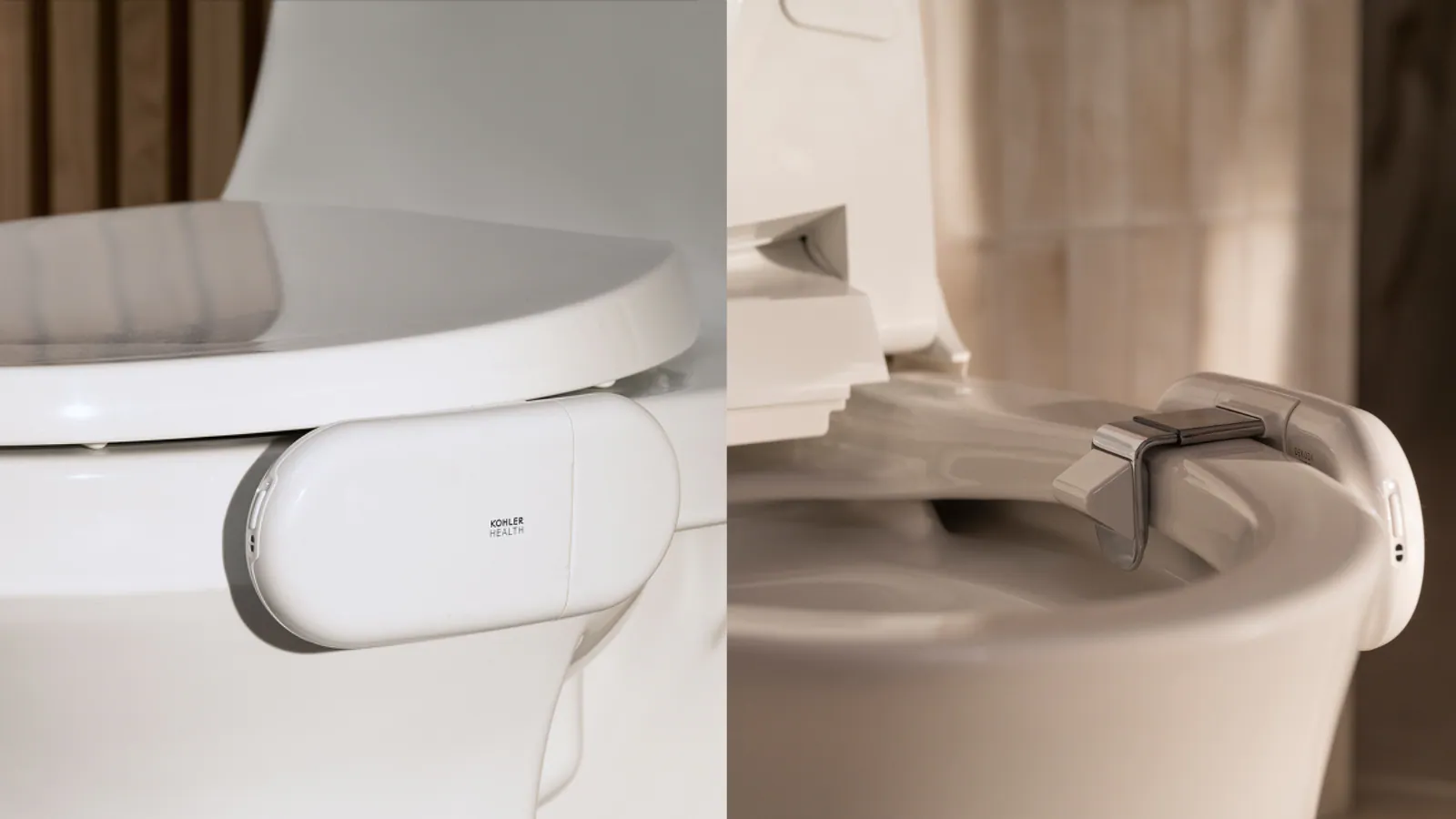Copyright M Live Michigan

CHIPPEWA COUNTY, MI -- Michigan’s advancement in the aerial technology space is coming from the top down, starting with an Upper Peninsula airport. Chippewa County International Airport in the eastern U.P. has been tapped to become a drone operation hub for future US-Canada border drone flights. The airport’s proximity to the Canadian border and maritime corridors like the St. Mary’s River made it an ideal candidate for this future operation. The airport will become a base for both commercial and public safety drone missions in 2026. The project received funding from Michigan Office of Future Mobility and Electrification as part of the state’s 2025 One-Time Mobility Fund. The Real-World Deployment Grants range from $100,000 - $500,000 per project. The Michigan Economic Development Corporation has not yet disclosed grant allocations and did not respond to MLive’s request at the time of publication. The public-private partnership is being led by ANRA Technologies, an international drone operations and traffic management company. The U.P. drone hub will practice real-world testing of cross-border and maritime drone operations, said Brent Klavon, the project manager from ANRA Technologies. The Chippewa County Economic Development Corporation sees this as a growth opportunity in the U.P.’s emerging tech space. “This project represents a significant leap forward for Chippewa County as we embrace innovative mobility solutions that align with our region’s strengths in aviation, technology, and cross-border logistics,” Chris Olson, president of the CCEDC said in a statement. The hub could be a catalyst for local jobs, technology investment and cement Chippewa County as a regional hub for drone innovation. This summer, Gov. Gretchen Whitmer’s team established the Michigan Advanced Air Mobility (AAM) Initiative as a “whole-of-government strategy to scale Michigan’s [drone] capabilities.” This initiative supports the executive order signed by President Donald Trump called “Unleashing American Drone Dominance” in June 2025. The U.P. drone hub project is in its early stages, taking its first steps in November. The project will culminate in live flight demonstrations and a final workshop by June 2026. So what does a drone operation hub do? Here’s what we know: What is an example of a commercial drone mission? A commercial near-border flight could involve delivering medical supplies or equipment parts from a mainland facility to a U.S. island community in the St. Mary’s River, Klavon said. A commercial drone could also inspect Soo Locks infrastructure, or orchestrate a ship-to-shore delivery of paperwork or parts while operating near the US-Canada boundary. What is an example of a security drone mission? Security flights might involve monitoring border-adjacent waterways or transportation corridors for law enforcement or environmental safety purposes, Klavon said. These missions could be supported through the Chippewa Operations Center to provide situational awareness to local, state, and federal stakeholders. “The project is designed to have conversations with regional stakeholders to learn more about their requirements and hopefully address their pain points and explore innovative ways for them to do their job safer and more efficiently,” Klavon said. How does an airport become a drone operation hub? The project is in the early stages, but as project manager Klavon said he has a “wish list” of technology and infrastructure needed. First, the hub will need to connect to the cloud via the internet to access the full suite of digital airspace management and situational awareness tools, Klavon said. The hub’s effectiveness will improve as critical data feeds, such as radar and other surveillance technologies, are integrated in key locations to enhance safety, he said. Michigan Tech Research Institute will lead data analytics and performance evaluations, leveraging local testing infrastructure and decades of research in autonomy and remote sensing, according to the ANRA press release. Another key element, Klavon said, is building a robust command-and-control network to ensure drones remain securely connected throughout their flights. Censys Technologies, which specializes in drones and mobile control centers, is also a partner on the project. This first step will implement low-risk operations and give the team an assessment of what’s needed for a scalable, long-term solution for regional drone integration. Further down the line, more capital investment may be needed to support existing regional operators and attract new operators, Klavon said. How does a drone operation hub align with the Federal Aviation Administration? The drone would use services from a FAA-approved airspace management system to maintain situational awareness, coordinate with local authorities, and ensure compliance with FAA rules while remaining within authorized airspace, Klavon said. The FAA proposed a new rule pertaining to drones in August 2025 called the Beyond Visual Line of Sight (BVLOS). The BVLOS rule supports Trump’s “drone dominance” executive order and moves forward on “safely integrating unmanned aircraft systems into the national airspace.” The FAA’s intended use for the BVLOS is for package delivery, agriculture, aerial surveying, civic interest – including public safety, recreation, and flight testing. The BVLOS applies when the pilot and other observers can no longer see the unmanned aircraft. The FAA outlined the pilot must be familiar with the airspace and flight restrictions along their intended route. Klavon said they are aligning the Chippewa County Airport project with this proposed FAA rule so that the hub can be up and running as soon as its enacted. They anticipate the new FAA rule to be in effect in 2026. More U.P. Tech Stories: Energy storage in old mines could be the next big industry in the U.P. Pentagon invests $40M in electronics company in Keweenaw Peninsula $105M in space and software innovation happening along Lake Superior



